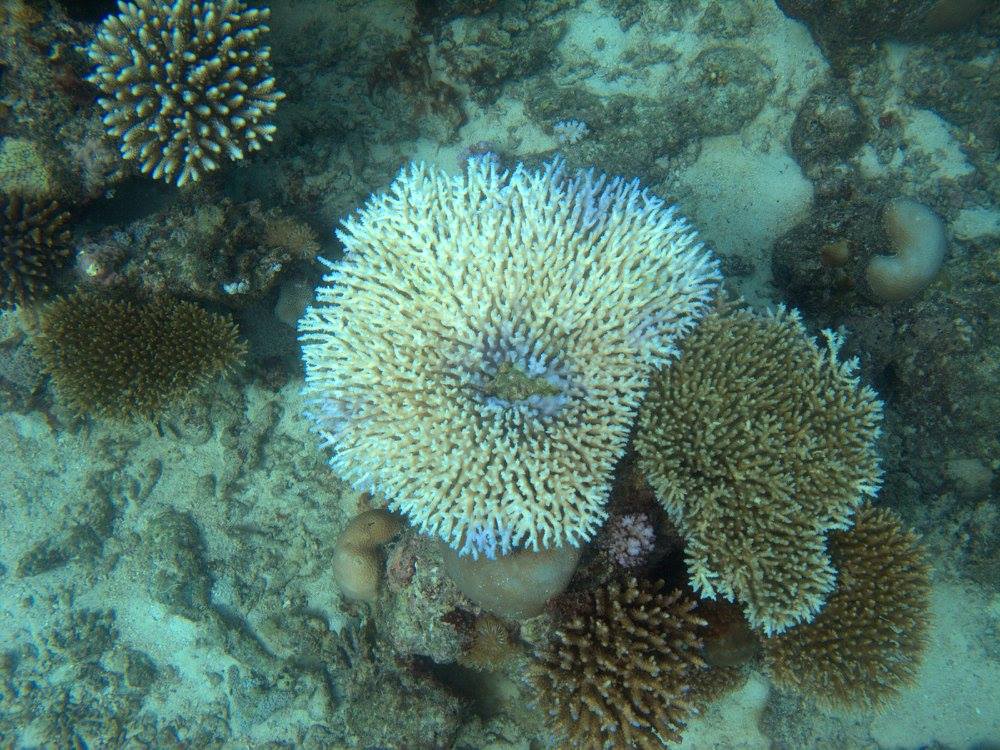Earlier this month we started seeing pictures of bleaching corals along the Western Indian Ocean. We’ve heard about bleaching in the Australian Great Barrier Reef and the Pacific Islands, but the bleaching is far worse and extends across all the way across the Indian Ocean with reports from the Maldives, Seychelles, Madagascar, Tanzania, Reunion Islands, Mauritius and Mozambique.
A weather alert posted this weekend gives us hope that some of the bleached corals still have a chance at survival.
Alert summary: 15 April 2016. The change in monsoon seasons has occurred over much of the Western Indian Ocean resulting in stronger/rougher conditions and associated cloud cover, causing cooling in surface waters. New bleaching reports are still being made, however stress should be dissipating, and observations should shift towards recovery or death. Overall, the bleaching alert for the WIO is declining. Meanwhile, bleaching has already been reported in the Maldives and Lakshadweep by early April, marking an early start to coral bleaching in the Northern Indian Ocean.

Once corals have bleached, there is a good chance they will die. Although there are example of the ‘Phoenix Effect’ when tissues deep inside the corals survive and recolonize the skeleton, it is often difficult for a full coral colony to recover from bleaching.
From pictures we have seen along the Mozambican coastline it appears only select coral colonies were affected. This leaves the possibility for the healthy corals to spawn and recolonize the reef through natural process.
For now colder, windier and rainy conditions are predicted along the African coastline allowing corals time to recover and zooxanthellae populations to recover. We are hoping corals with minimal bleaching can recover and that ocean condition will remain favorable for healthy coral reefs to thrive.[Cordio]



